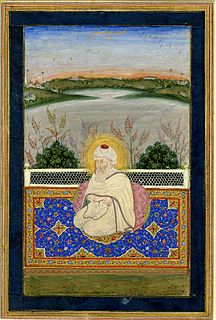
The Partition of India was the division of British India in 1947 which eventually accompanied the creation of two independent dominions, India and Pakistan. The Dominion of India became, as of 1950, the Republic of India (India), and the Dominion of Pakistan became, as of 1956, the Islamic Republic of Pakistan (Pakistan) In 1971, the People's Republic of Bangladesh (Bangladesh) came into being after Bangladesh Liberation War. The partition involved the division of three provinces, Assam, Bengal and Punjab, based on district-wide Hindu or Muslim majorities. The boundary demarcating India and Pakistan came to be known as the Radcliffe Line. It also involved the division of the British Indian Army, the Royal Indian Navy, the Indian Civil Service, the railways, and the central treasury, between the two new dominions. The partition was set forth in the Indian Independence Act 1947 and resulted in the dissolution of the British Raj, as the British government there was called. The two self-governing countries of Pakistan and India legally came into existence at midnight on 14–15 August 1947.

The All-India Muslim League was a political party established in 1906 in the British Indian Empire. Its strong advocacy for the establishment of a separate Muslim-majority nation-state, Pakistan, successfully led to the partition of British India in 1947 by the British Empire.

The Pakistan Movement or Tehrik-e-Pakistan was a religious political movement in the 1940s that aimed for and succeeded in the creation of Pakistan from the Muslim-majority areas of the British Indian Empire.

The Radcliffe Line was the boundary demarcation line between the Indian and Pakistani portions of the Punjab and Bengal provinces of British India. It was named after its architect, Sir Cyril Radcliffe, who, as the joint chairman of the two boundary commissions for the two provinces, received the responsibility to equitably divide 175,000 square miles (450,000 km2) of territory with 88 million people.
The Cripps Mission was a failed attempt in late March 1942 by the British government to secure full Indian cooperation and support for their efforts in World War II. The mission was headed by a senior minister Sir Stafford Cripps, Lord Privy Seal and leader of the House of Commons. Cripps belonged to the left-wing Labour Party, traditionally sympathetic to Indian self-rule, but was also a member of the coalition War Cabinet led by the Prime Minister Winston Churchill, who had long been the leader of the movement to block Indian independence.

Lieutenant-Colonel Sir Malik Khizar Hayat TiwanaKCSI, OBE was a Punjabi statesman, army officer, and landowner who served as the Unionist Premier of the Punjab between 1942 and 1947.
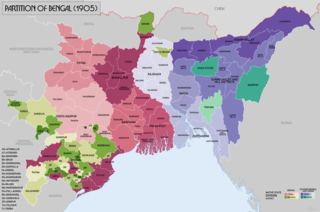
The decision to effect the Partition of Bengal was announced on 19 July 1905 by the Viceroy of India, Curzon. The partition took place on 16 October 1905 and separated the largely Muslim eastern areas from the largely Hindu western areas. The Hindus of West Bengal who dominated Bengal's business and rural life complained that the division would make them a minority in a province that would incorporate the province of Bihar and Orissa. Hindus were outraged at what they saw as a "divide and rule" policy, even though Curzon stressed it would produce administrative efficiency. The partition animated the Muslims to form their own national organization on communal lines. In order to appease Bengali sentiment, Bengal was reunited by Lord Hardinge in 1911, in response to the Swadeshi movement's riots in protest against the policy and the growing belief among Hindus that east Bengal would have its own courts and policies.
The Cabinet Mission of 1946 came to India aimed to discuss the transfer of power from the British government to the Indian leadership, with the aim of preserving India's unity and granting it independence. Formulated at the initiative of Clement Attlee, the Prime Minister of the United Kingdom, the mission had Lord Pethick-Lawrence, the Secretary of State for India, Sir Stafford Cripps, President of the Board of Trade, and A. V. Alexander, the First Lord of the Admiralty. Lord Wavell, the Viceroy of India, did not participate in every .step but was present.it was divided into three groups A,B,C clusters.

The Punjab Legislative Assembly or the Punjab Vidhan Sabha is the unicameral legislature of the state of Punjab in northern India. At present, it consists of 117 members, directly elected from 117 single-seat constituencies. The tenure of the Legislative Assembly is five years unless dissolved sooner. The current Speaker of the Assembly is Rana KP Singh. The meeting place of the Legislative Assembly since 6 March 1961 is the Vidhan Bhavan in Chandigarh. The current ruling party is the Indian National Congress with 2/3rd Majority.

The Krishak Sramik Party was a major anti-feudal political party in the British Indian province of Bengal and later in the Dominion of Pakistan's East Bengal and East Pakistan provinces. It was founded in 1929 as the Praja Party to represent the interests of tenant farmers in Bengal's landed gentry estates. In 1936, it took the name of Krishak Praja Party and contested the 1937 election. The party formed the first government in the Bengal Legislative Assembly. After the partition of British India, it was reorganized as the Krishak Sramik Party to contest the 1954 election, as part of the United Front. The coalition won the election and formed the provincial government in the East Bengal Legislative Assembly.
Sir Mian Fazl-i-Husain, KCSI was an influential Punjabi politician during the British Raj and a founding member of the Unionist Party of the Punjab.
When the All-India Muslim League was founded at Dacca, on 30 December 1906 at the occasion of the annual All India Muhammadan Educational Conference, It was participated by the Muslim leaders from Punjab, i.e., Sir Mian Muhammad Shafi, Mian Fazl-i-Hussain, Abdul Aziz, Khawaja Yusuf Shah and Sh. Ghulam Sadiq. Earlier Mian Muhammad Shafi organised a Muslim Association in early 1906, but when the All-India Muslim League was formed, he established its powerful branch in the Punjab of which he became the general secretary. Shah Din was elected as its first President. This branch, organised in November 1907, was known as the Punjab Provincial Muslim League.
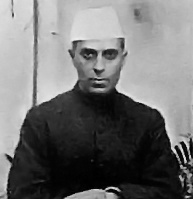
Provincial elections were held in British India in the winter of 1936-37 as mandated by the Government of India Act 1935. Elections were held in eleven provinces - Madras, Central Provinces, Bihar, Orissa, United Provinces, Bombay Presidency, Assam, NWFP, Bengal, Punjab and Sindh.
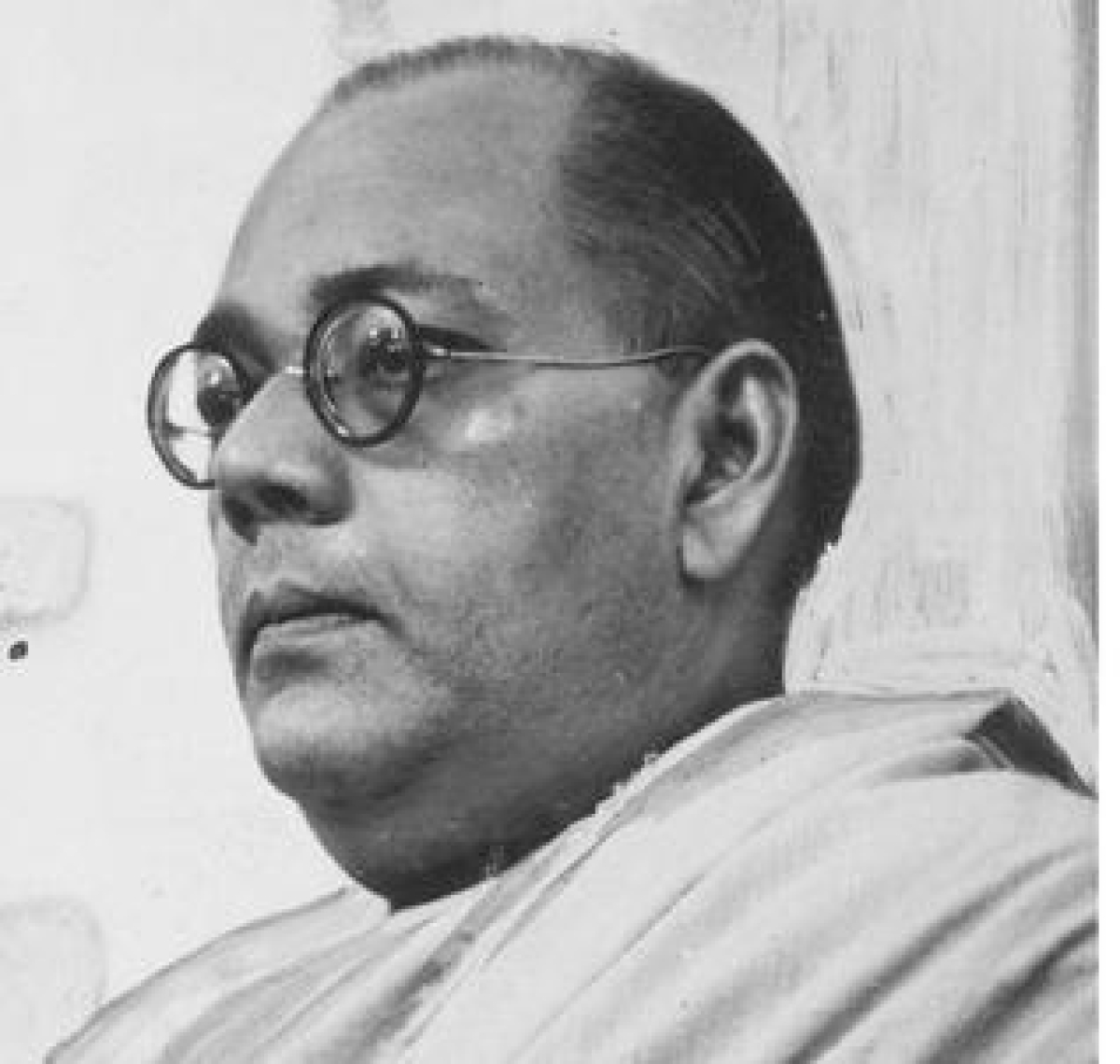
General elections were held in British India in December 1945 to elect members of the Central Legislative Assembly and the Council of State. The Indian National Congress emerged as the largest party, winning 59 of the 102 elected seats. The Muslim League won all Muslim constituencies, but failed to win any other seats. Of the 13 remaining seats, 8 went to Europeans, 3 to independents, and 2 to Akali candidates in the Sikh constituencies of Punjab. This election coupled with the provincial one in 1946 proved to be a strategic victory for Jinnah and the partitionists. Even though Congress won, the League had united the Muslim vote and as such it gained the negotiating power to seek a separate Muslim homeland as it became clear that a united India would prove highly unstable. The elected members later formed the Constituent Assembly of India.

The Shiromani Akali Dal (SAD) is a political party in India. There are a large number of parties with the name "Shiromani Akali Dal". The party recognised as "Shiromani Akali Dal" by the Election Commission of India is the one led by Sukhbir Singh Badal. It controls Sikh religious bodies Shiromani Gurudwara Prabandhak Committee, Delhi Sikh Gurdwara Management Committee and is the largest and most influential Sikh political party worldwide. The basic philosophy of Akali Dal is to give a political voice to Sikh issues and it believes that religion and politics go hand in hand. Shiromani Akali Dal is part of the BJP led NDA.
The Bengal Provincial Muslim League (BPML) was the branch of the All India Muslim League in the British Indian province of Bengal. It was established in Dacca on 2 March 1912. Its official language was Bengali. The party played an important role in the Bengal Legislative Council and in the Bengal Legislative Assembly, where two of the Prime Ministers of Bengal were from the party. It was vital to the creation of the Dominion of Pakistan, particularly after its election victory in 1946.

The Prime Minister of the Punjab was the head of government and the Leader of the House in the Legislative Assembly of Punjab Province in British India. The position was dissolved upon the Partition of India in 1947.
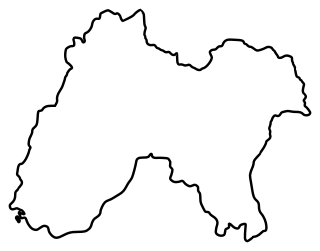
Elections to the Punjab Legislative Assembly were held in January 1946 as part of the 1946 Indian provincial elections.









